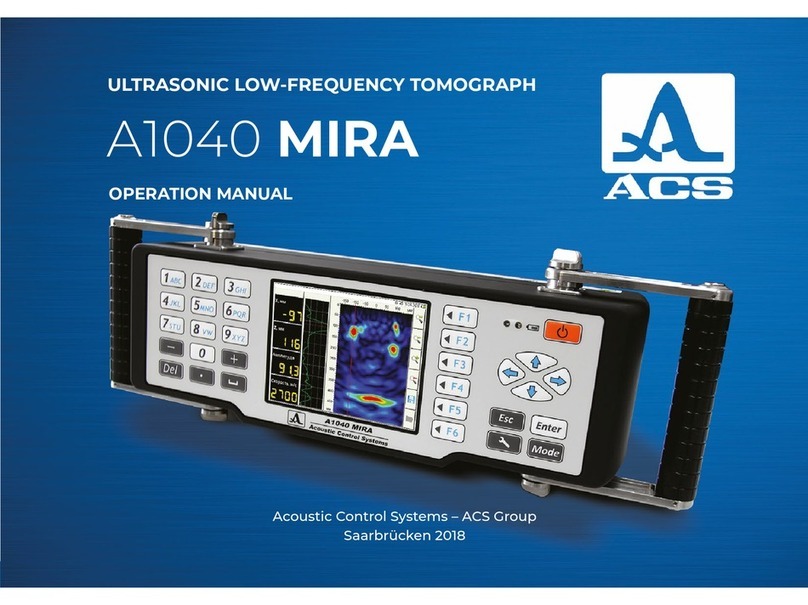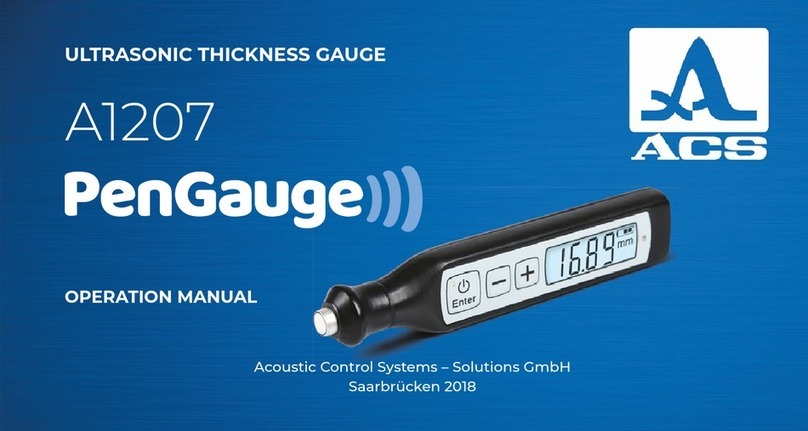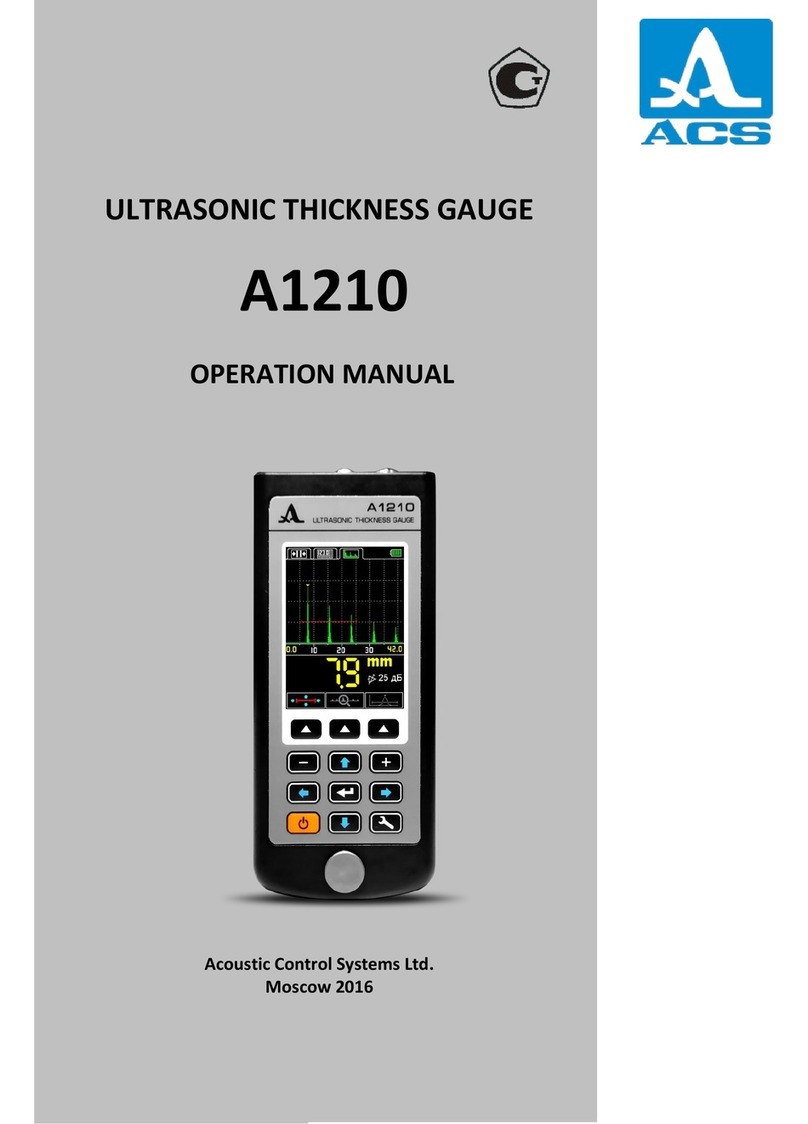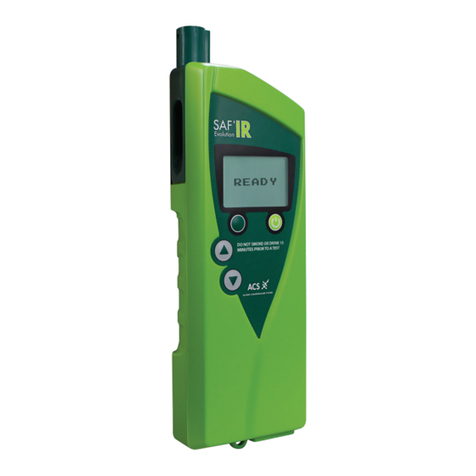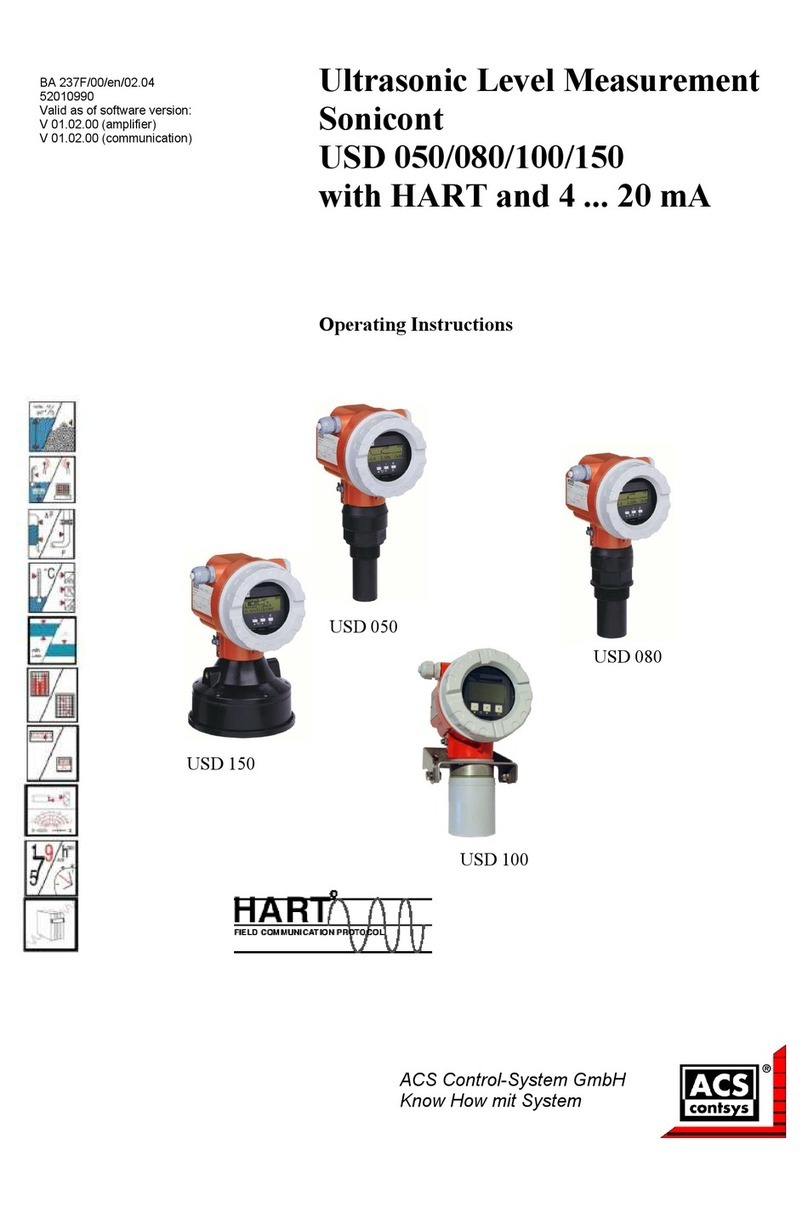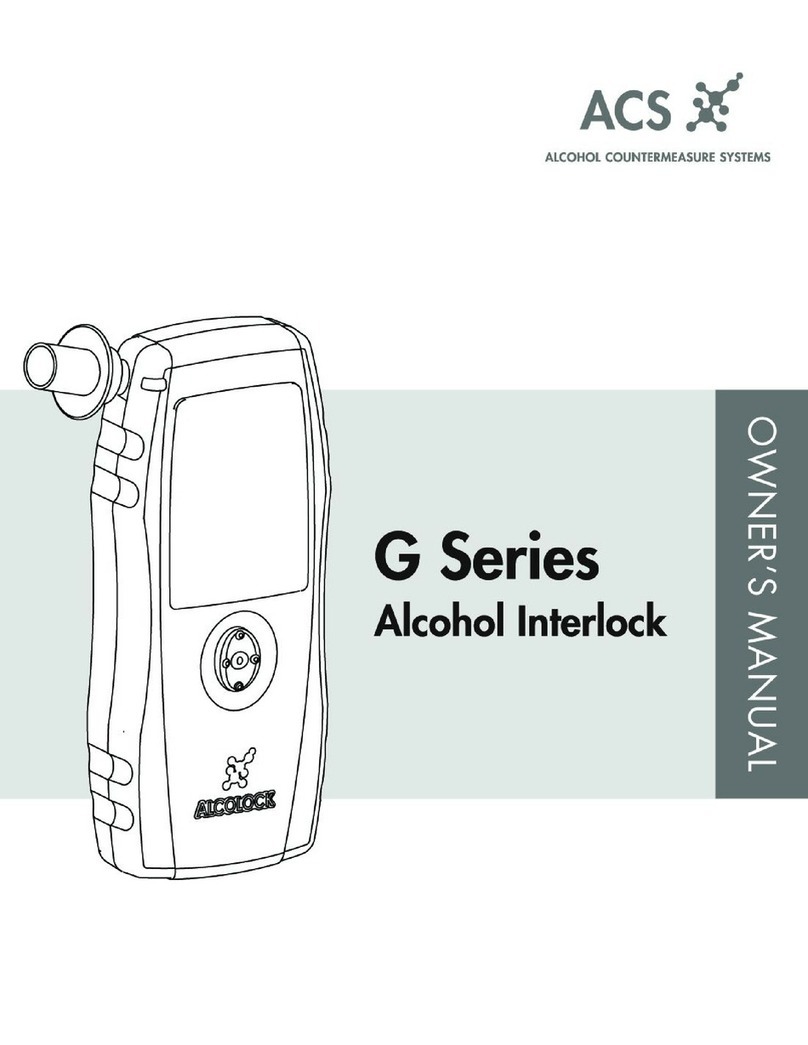
2
A1207 PenGauge © 2022 Acoustic Control Systems –ACS Group
1. Operation manual 4
1.1 Scope of delivery ........................................................................................................... 4
1.2 Description and operation of the instrument ............................................................. 5
1.2.1 The intended use of the instrument ......................................................................... 5
1.2.1.1 Intended use and operation range ........................................................................................................ 5
1.2.1.2 Operation conditions .............................................................................................................................. 6
1.2.2 Technical specifications ........................................................................................... 6
1.2.3 Instrument design and operation principle .............................................................. 6
1.2.3.1 Instrument design ..................................................................................................................................... 7
1.2.3.2 Operation principle ................................................................................................................................. 8
1.3 Intended use ................................................................................................................... 8
1.3.1 Operating restrictions .............................................................................................. 8
1.3.2 Factors influencing the operation of the instrument and accuracy of the readings..... 8
1.3.2.1 State of the surface ................................................................................................................................... 8
1.3.2.2 Putting the piezoelectric transducer onto the surface ...................................................................... 9
1.3.2.3 Non-parallelism or eccentricity ............................................................................................................ 9
1.3.2.4 Acoustic properties of the material ...................................................................................................... 9
1.3.2.4.1 Sound dispersion ................................................................................................................................ 9
1.3.2.4.2 Variation of velocity .......................................................................................................................... 9
1.3.3 Making the instrument ready for operation ........................................................... 10
1.3.3.1 Surface preparation ............................................................................................................................... 10
1.3.3.2 Switching On/Off the instrument ........................................................................................................ 10
1.3.3.3 Select the measurement units .............................................................................................................. 10
1.3.3.4 Adjustment of the instrument .............................................................................................................. 11
1.3.3.4.1 Current ultrasonic sound velocity ................................................................................................ 11
1.3.3.4.2 Edit current ultrasonic sound velocity ........................................................................................ 11
1.3.3.4.3 Measure the ultrasonic sound velocity in the sample of known thickness ......................... 11
1.3.3.4.4 Calibration mode ............................................................................................................................. 12
1.4 Maintenance ................................................................................................................ 13
1.4.1 Accumulator battery ............................................................................................... 13
1.4.2 Recharging the accumulator .................................................................................. 13
1.4.3 Replacement of the transducer capsule ................................................................ 14
1.4.4 Common troubleshouting and remedies ................................................................ 15
1.5 Storage .......................................................................................................................... 15
1.6 Transportation ............................................................................................................. 15
1.7 Appendix A ................................................................................................................... 15
2. Firmware installation 18
3. Application software 19
3.1 Introduction ................................................................................................................. 19
3.2 Application tabs ........................................................................................................... 19
3.3 Connection to a Bluetooth device ............................................................................. 19












